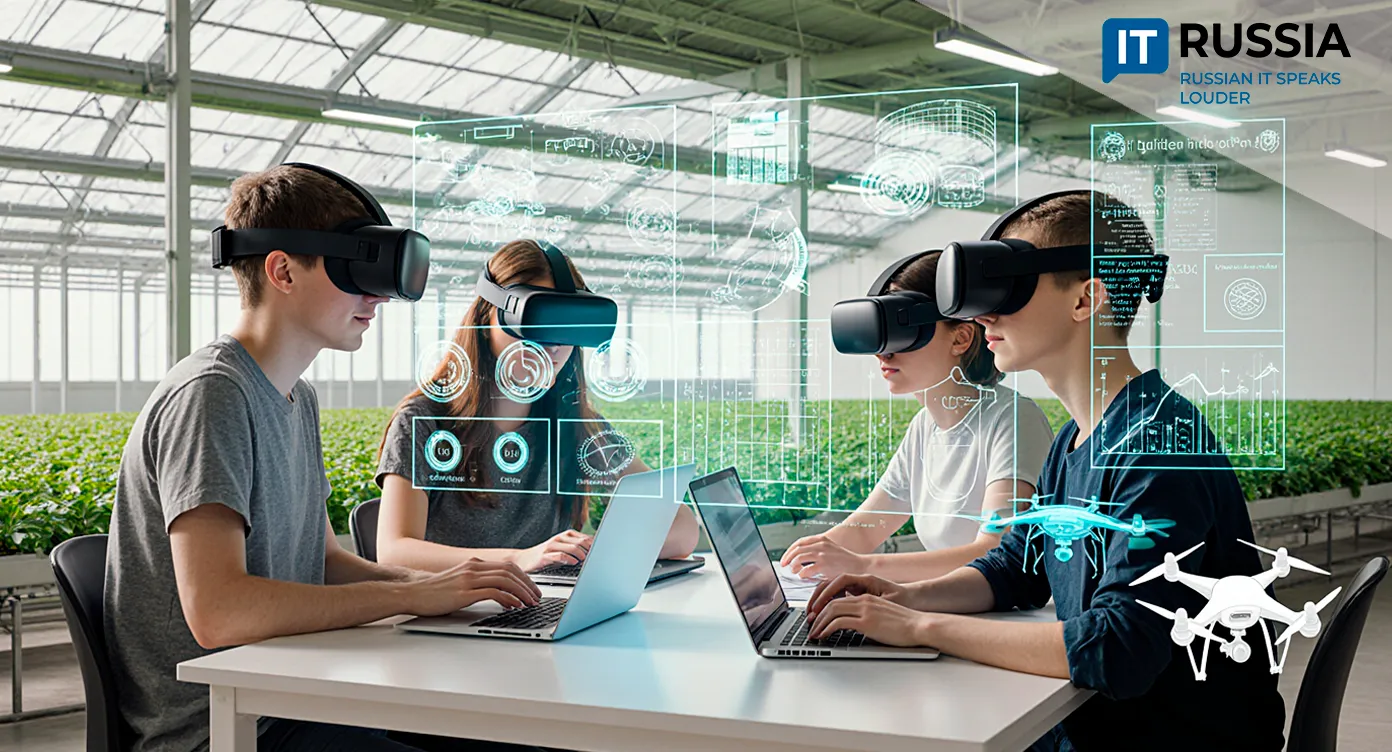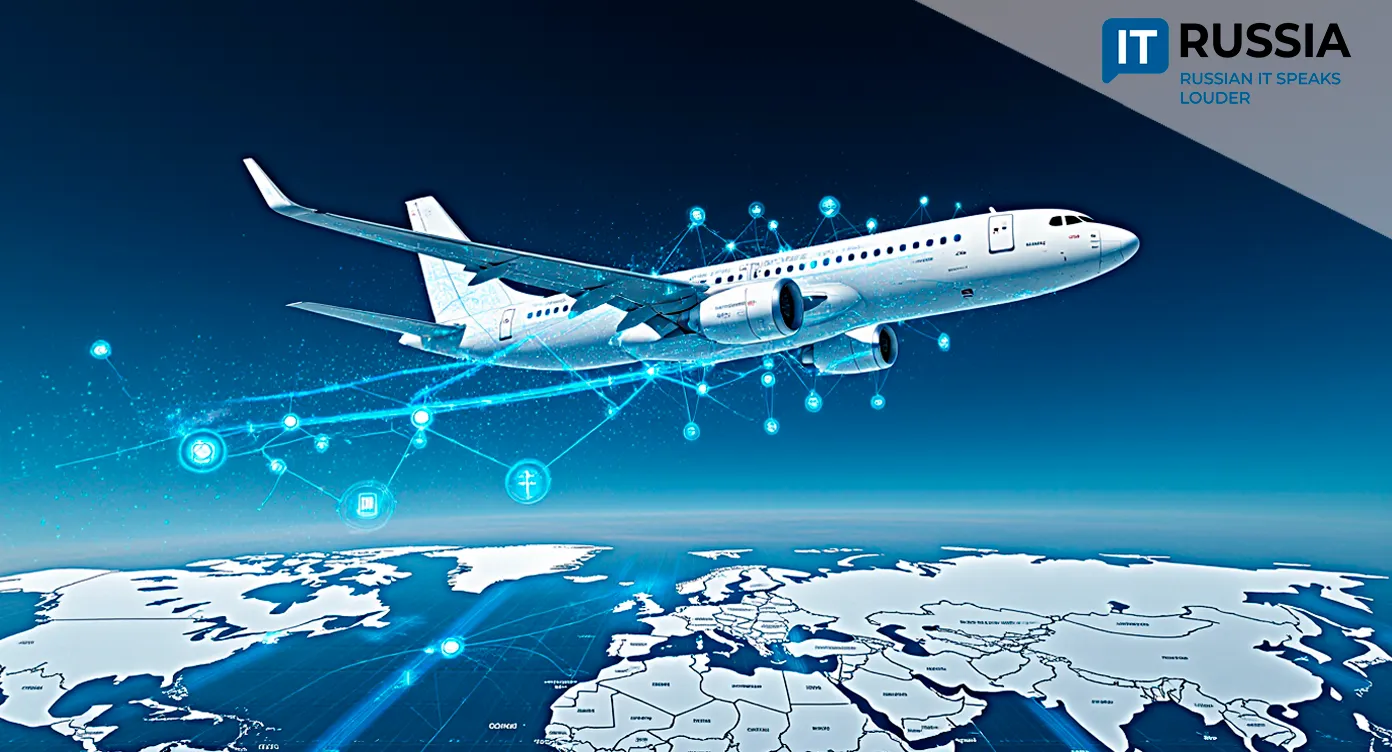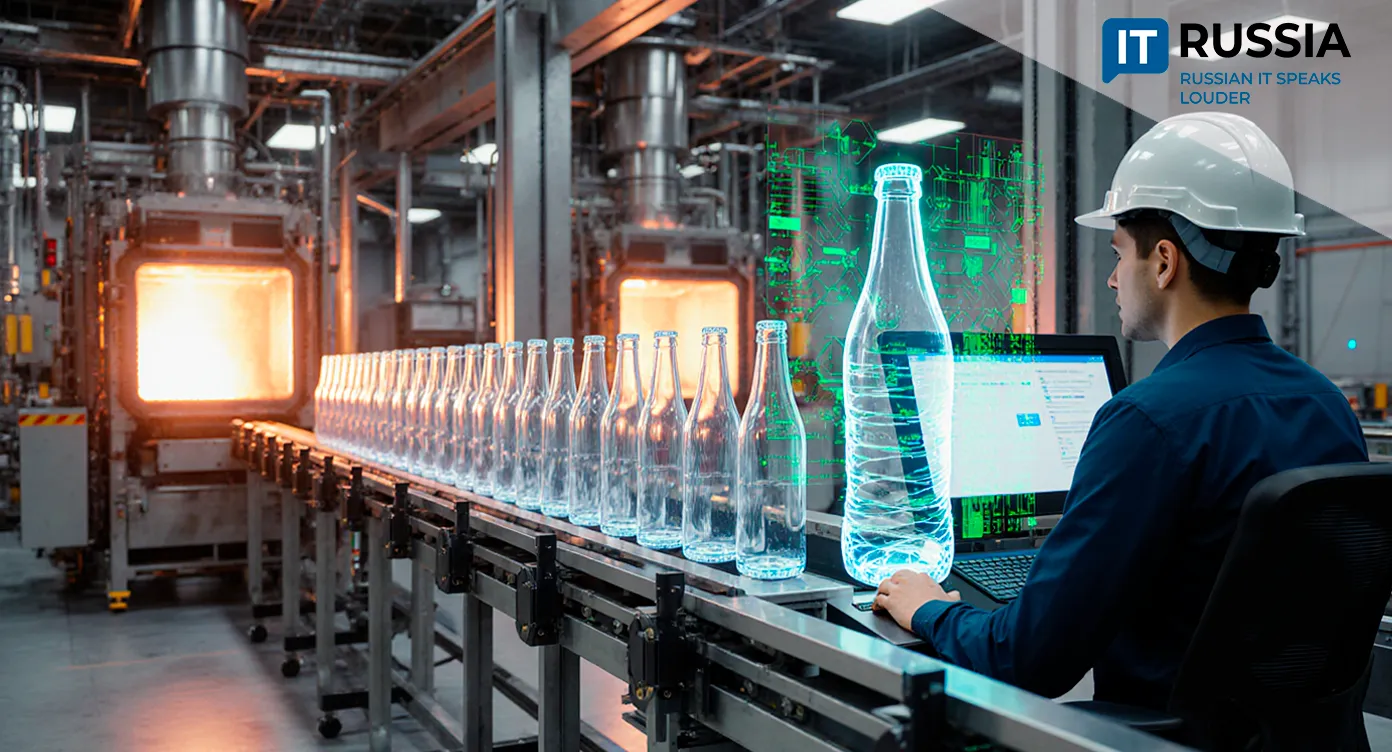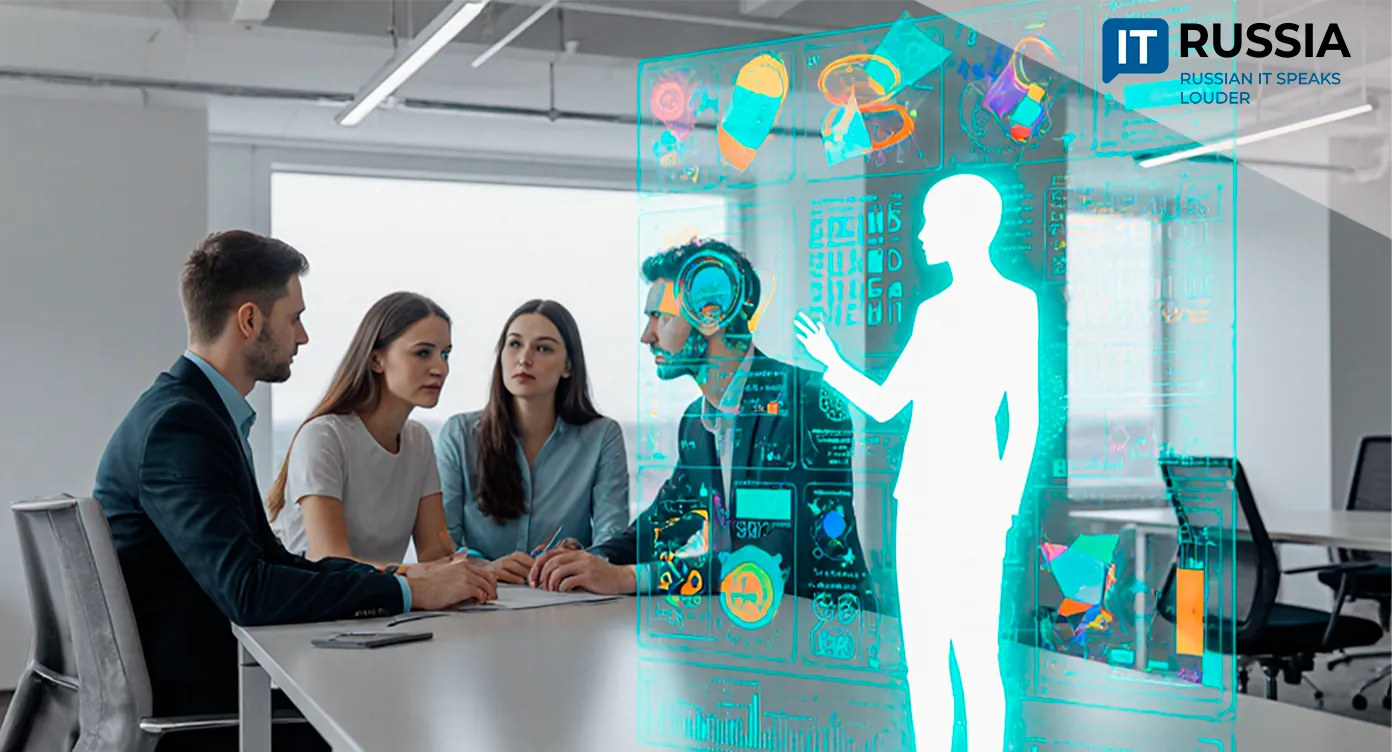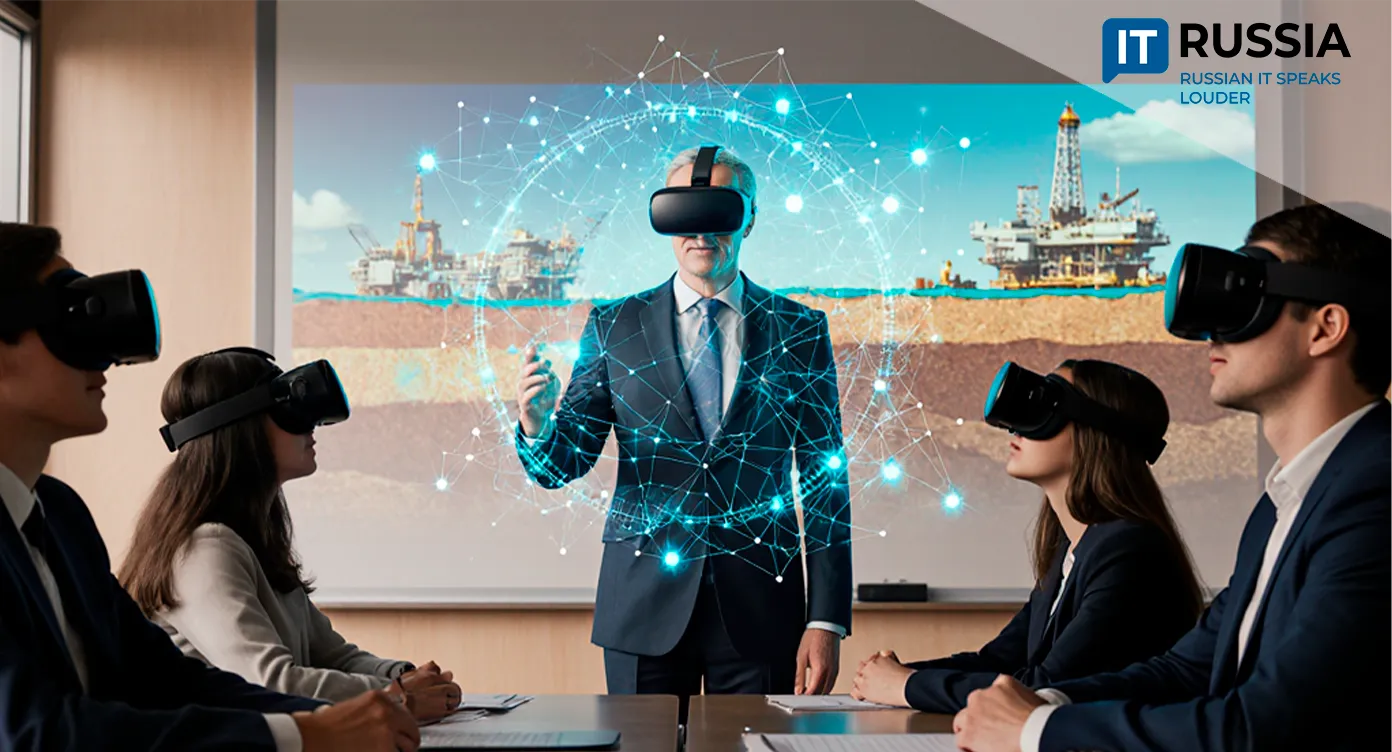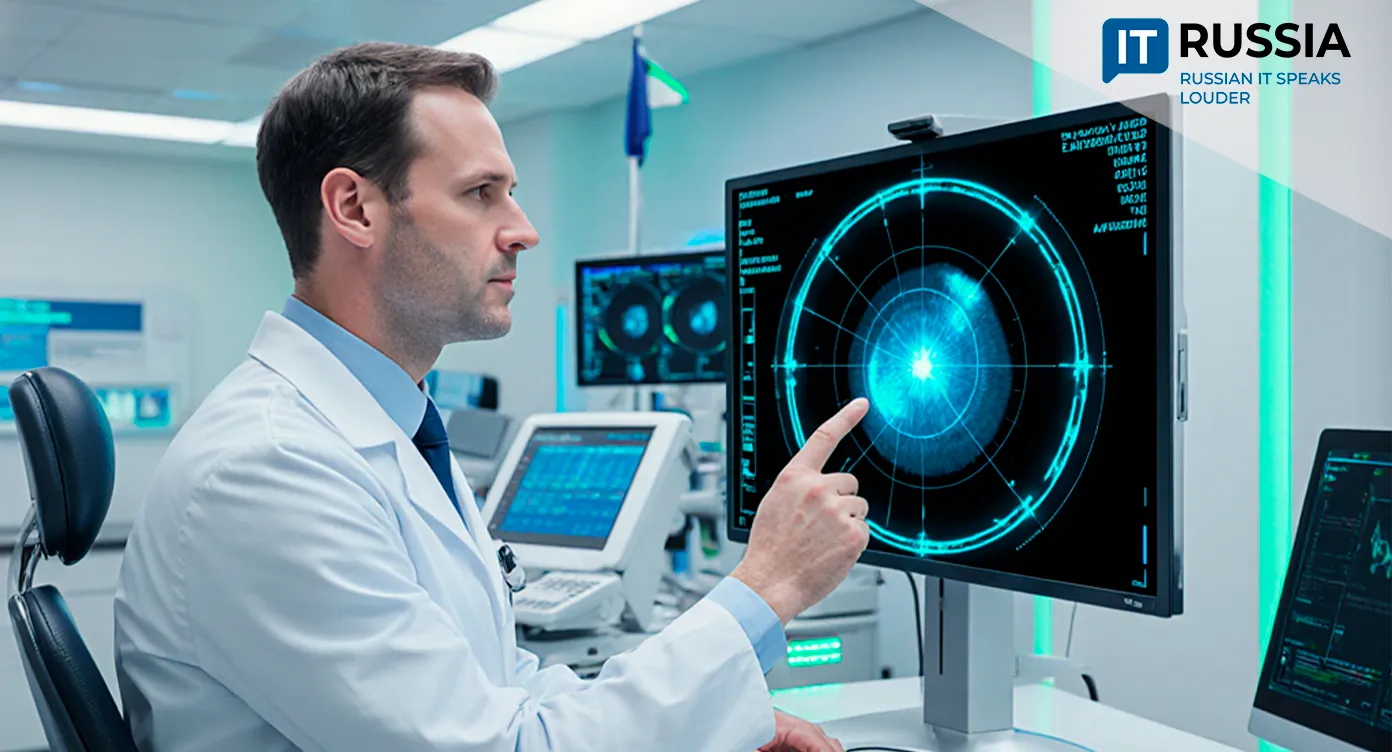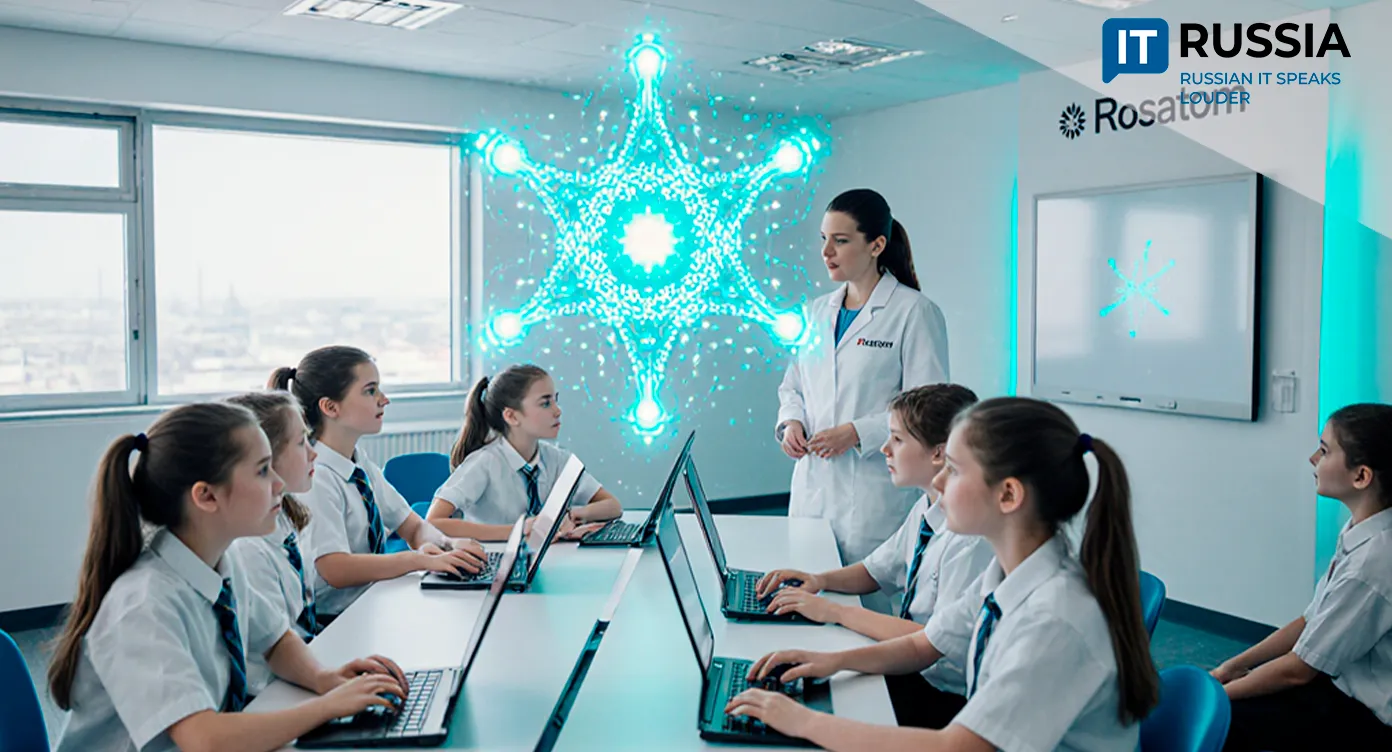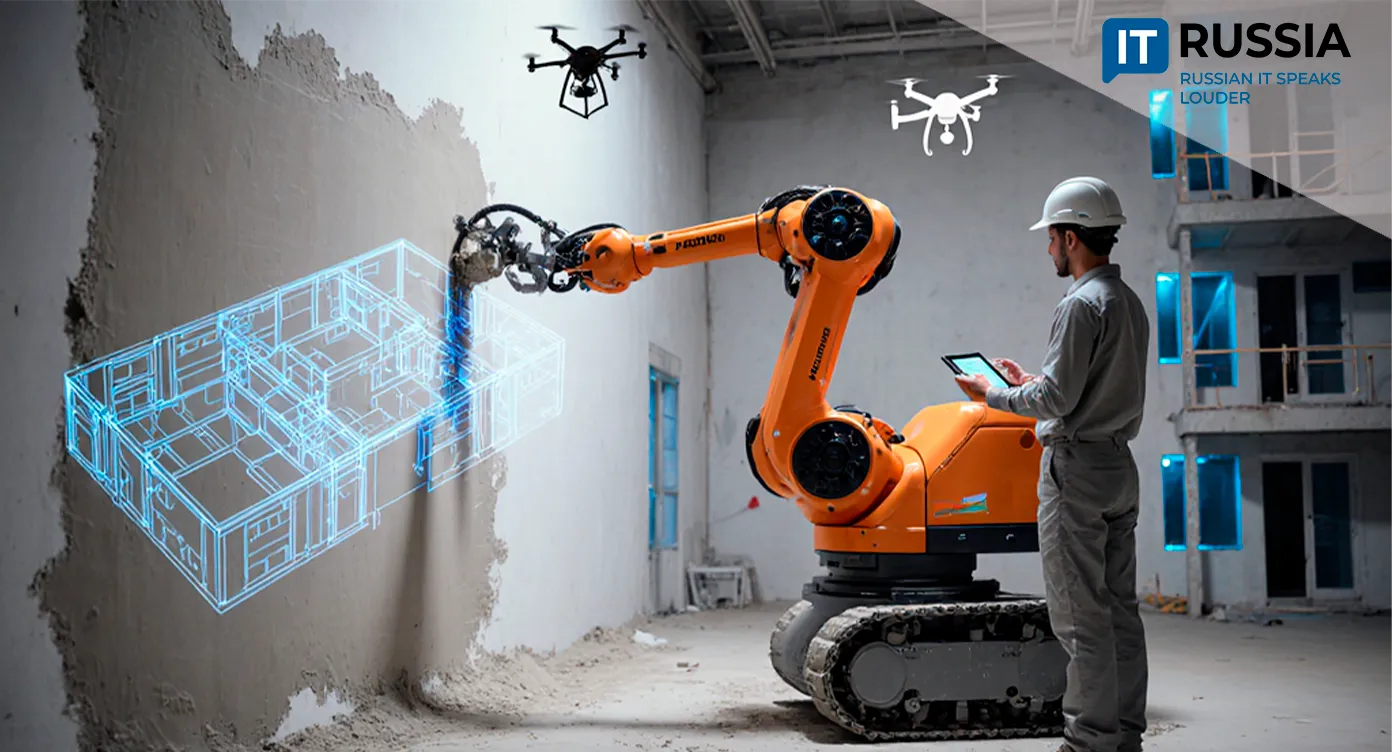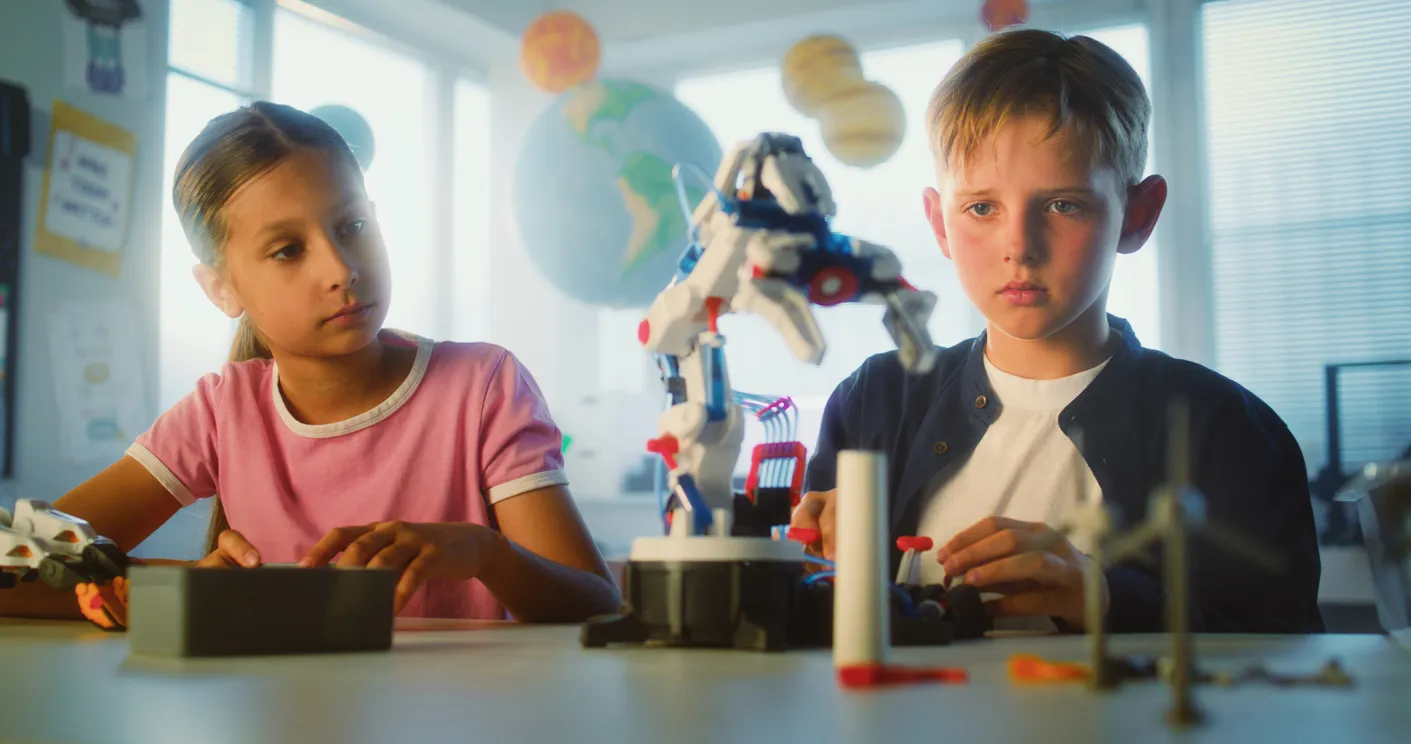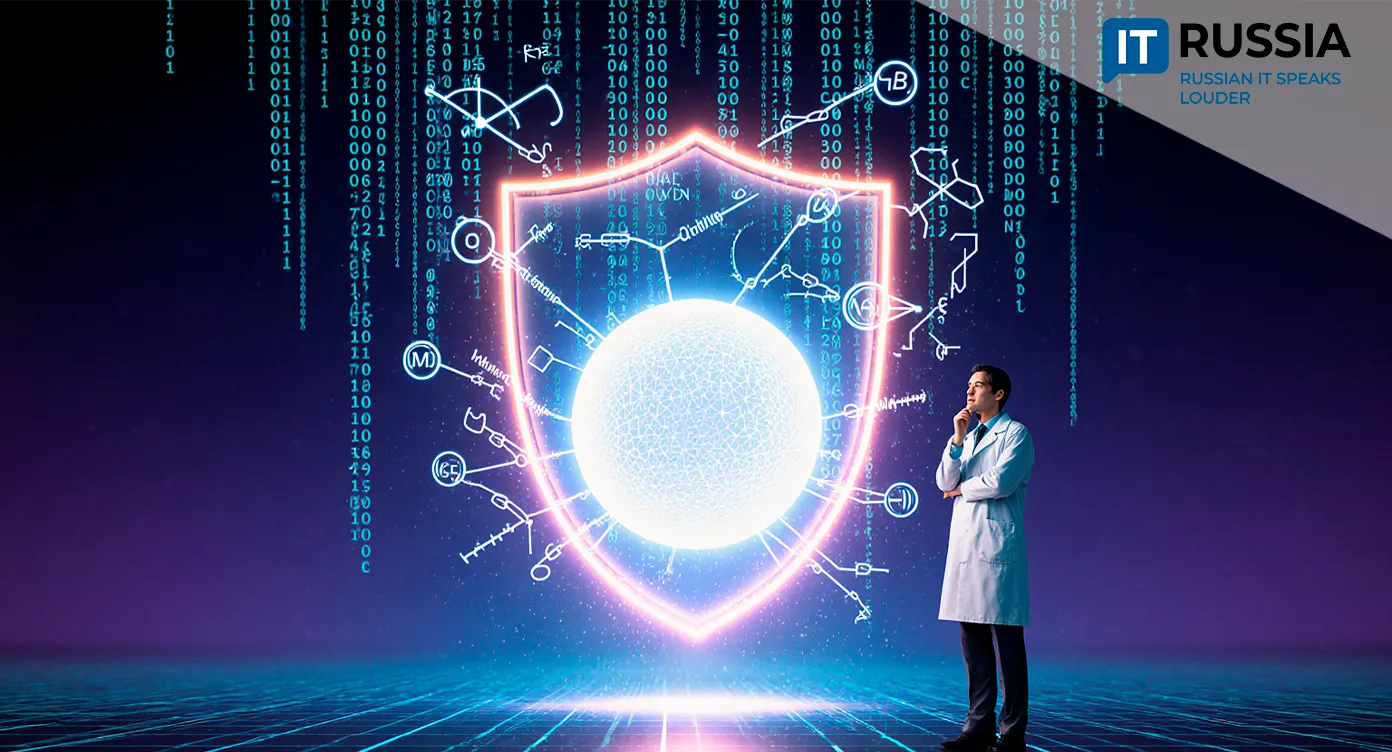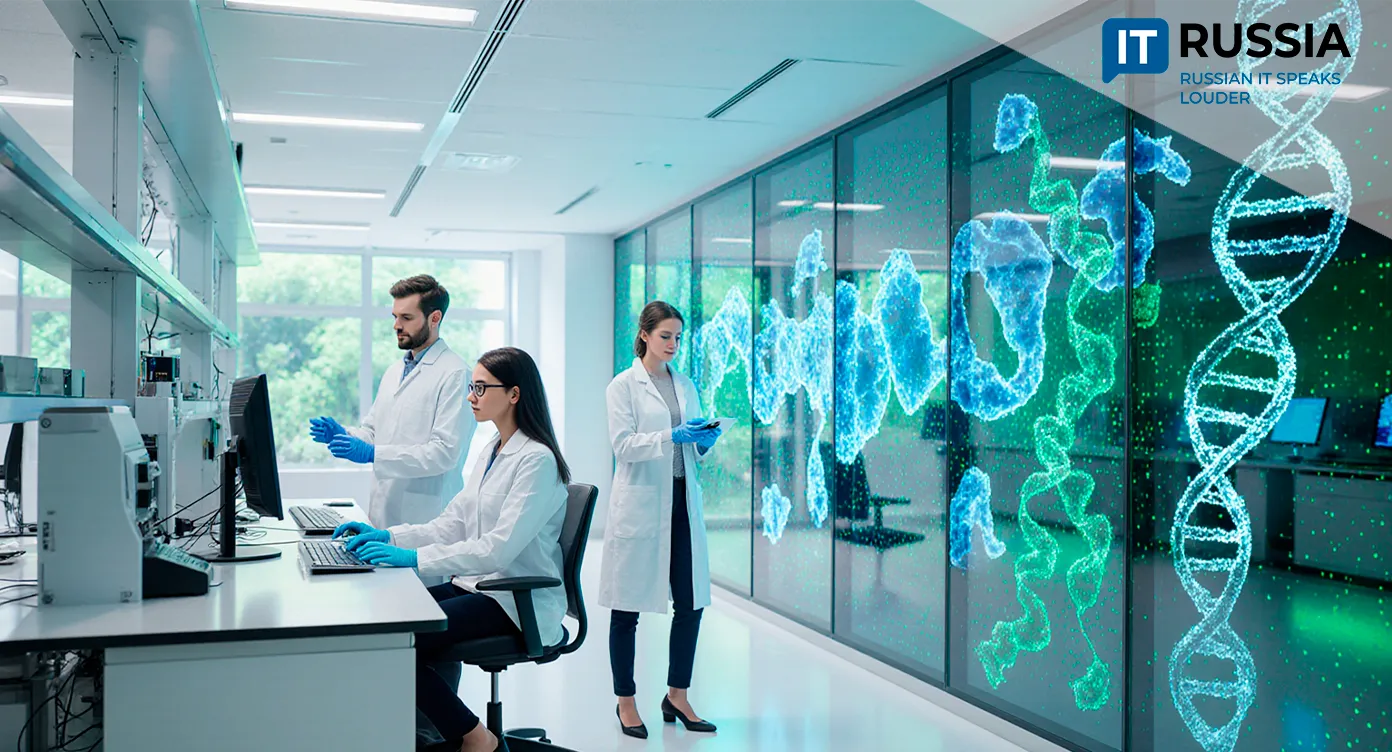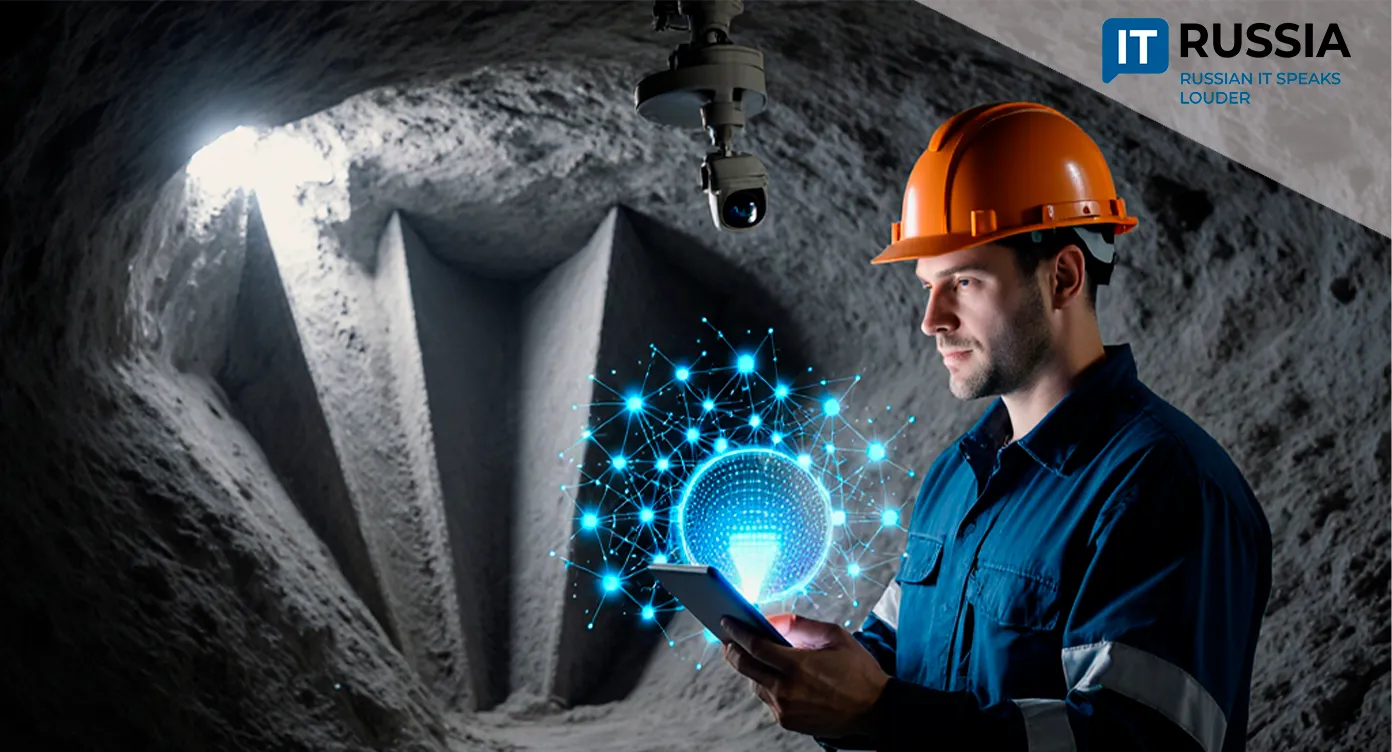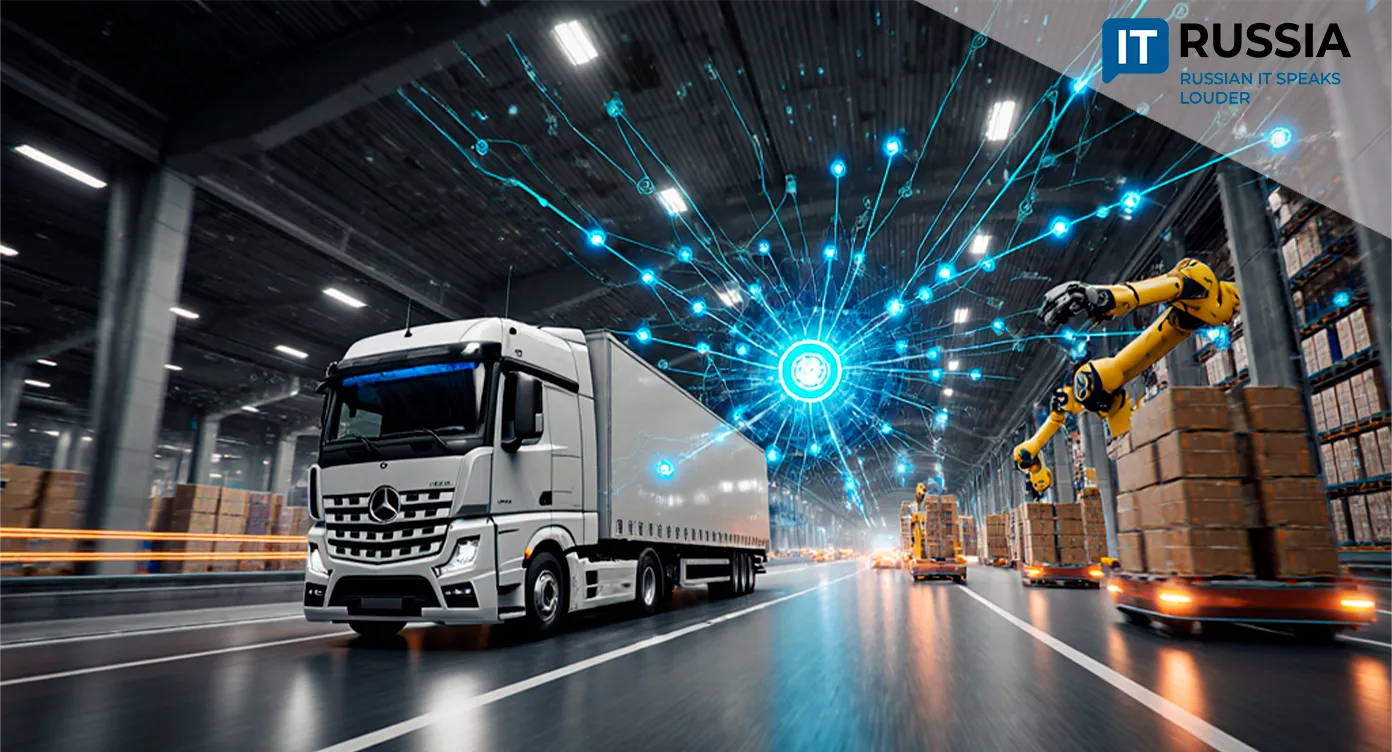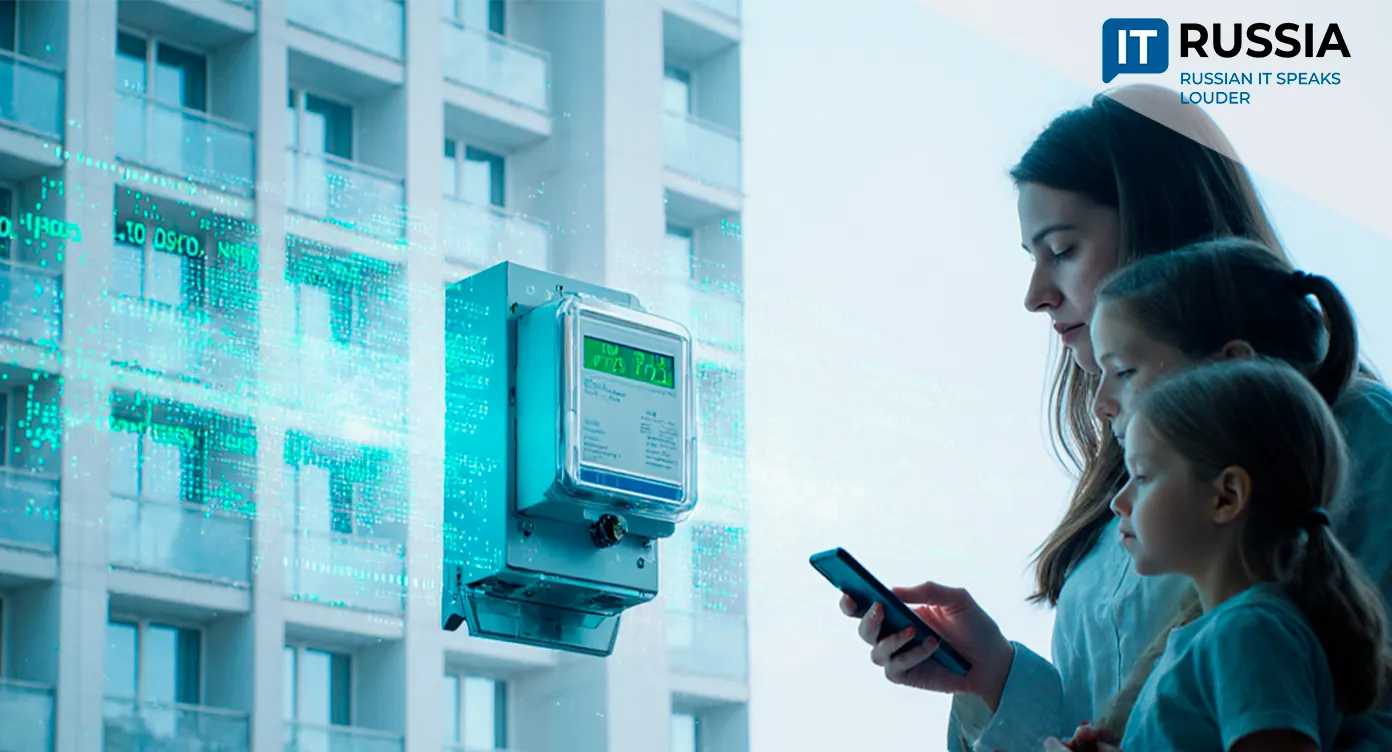Entering IT: Training and Retraining Programs for the Workforce
According to Rosstat, up to 40% of technical university graduates in Russia struggle to find jobs due to lack of real-world experience, while companies often spend one to two years on additional training. New partnerships between universities, schools, and industry aim to close this skills gap and prepare specialists ready for the digital transformation of heavy industry and IT.
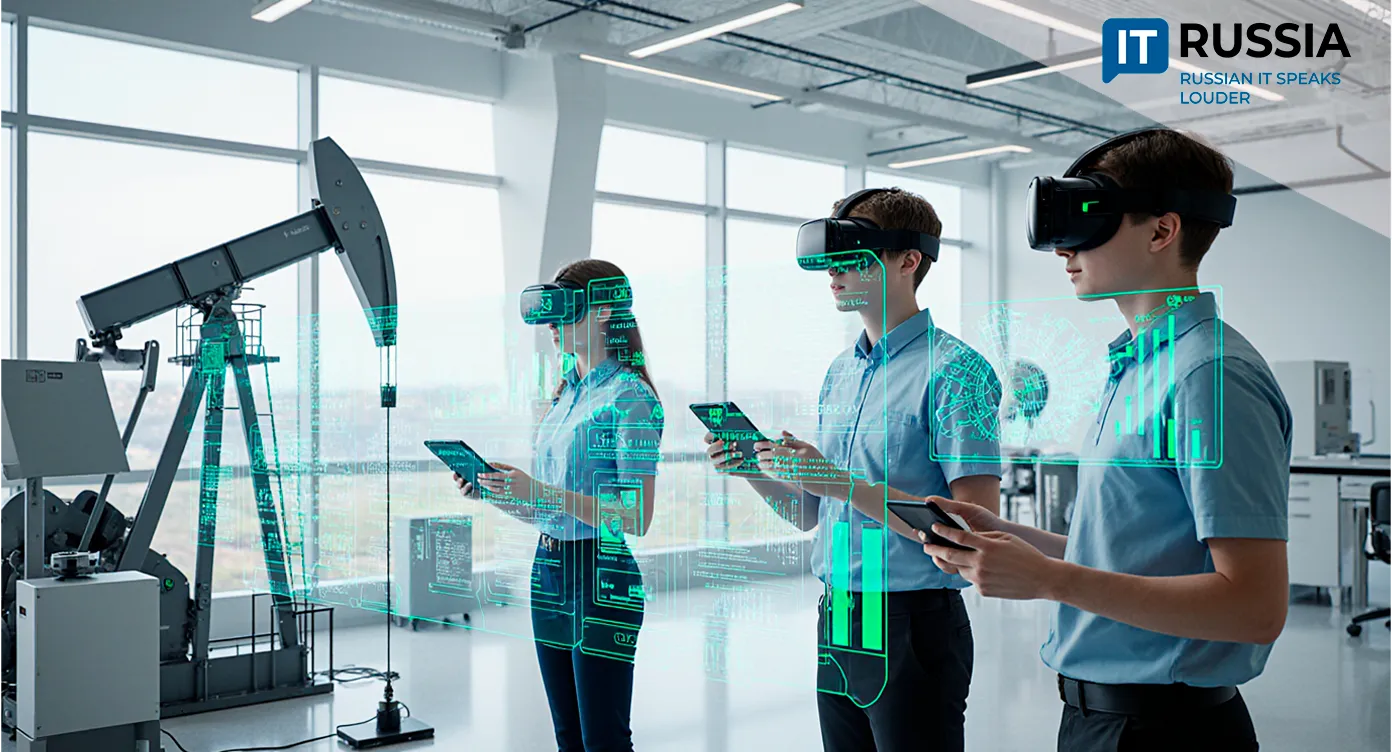
Investing in People
The quality of workforce training in IT—and particularly for Russia’s oil and gas sector—remains a weak point, drawing concern from experts and executives alike. Industrial sovereignty programs lose meaning if they focus only on technology while neglecting human capital. Strategic development of IT and high-tech industries is directly tied to how well professionals are trained.
With the twin pressures of import substitution and digital transformation, the shortage of specialists who combine theoretical knowledge with practical skills on modern equipment and advanced software has become critical. Regions have often taken the lead in addressing this challenge, with public-private partnerships playing a key role in resource-dependent areas.
One large-scale initiative by LUKOIL in the Perm region demonstrates the payoff of targeted investment in educational infrastructure. Training is conducted at the local Oil College, where the company has funded a hands-on training ground with real equipment (pumpjacks, pumping units), a 'Digital Subsurface Development' lab featuring VR technology and simulation software, and a modernized chemistry lab.

High schools have also been upgraded: specialized classrooms now feature advanced chemistry and technical English programs. Together with oil companies, schools are running career orientation projects, electives, and competitions in scientific and technical innovation.
The project is implemented under an economic and social cooperation agreement between the Perm regional government and LUKOIL, creating a sustainable ecosystem for preparing the workforce of the future.
Workforce as the Key Driver
The oil and gas industry remains a locomotive of Russia’s economy, generating up to 15–18% of GDP. Today, the sector’s major risks are tied not only to workforce shortages but also to safety and production efficiency.

Experience shows that graduates already trained on digital twins of oilfields and advanced production equipment adapt much faster to real-world operations. They quickly become effective team members and valuable assets for companies. This efficiency can be quantified in clear economic terms.
Workplace safety continues to be the top priority. VR simulators enable students to practice responses to simulated emergency scenarios without risk to people or equipment. Mistakes in virtual reality become invaluable lessons rather than disasters. This directly reduces injuries and operational risks.
Another critical issue is import substitution. With Russia’s companies increasingly reliant on domestic software and technology, success depends on a workforce trained to operate and maintain these systems. Only well-prepared specialists can provide the foundation for the development of homegrown IT and industrial solutions.
People as the Measure of Technology
The successful example in Perm is not unique, but many of its practices are expected to be replicated in other resource-rich regions. Demand for simulation centers and VR/AR laboratories is forecast to grow, setting a new industry standard for training.

The main challenge, however, is ensuring the sustainability of such initiatives. Long-term co-financing, continuous updates of digital content, and—critically—teacher training for advanced equipment are required to keep programs effective.
Collaboration between business, academia, and government in creating these training grounds is shaping a new generation of engineers capable of tackling the toughest IT and industrial challenges.





